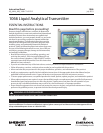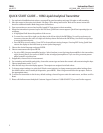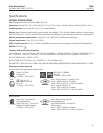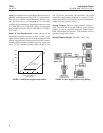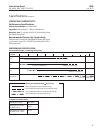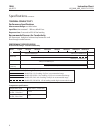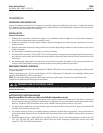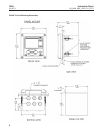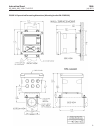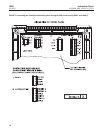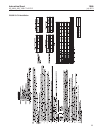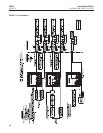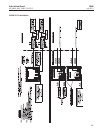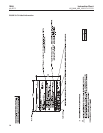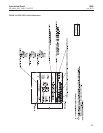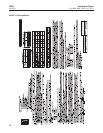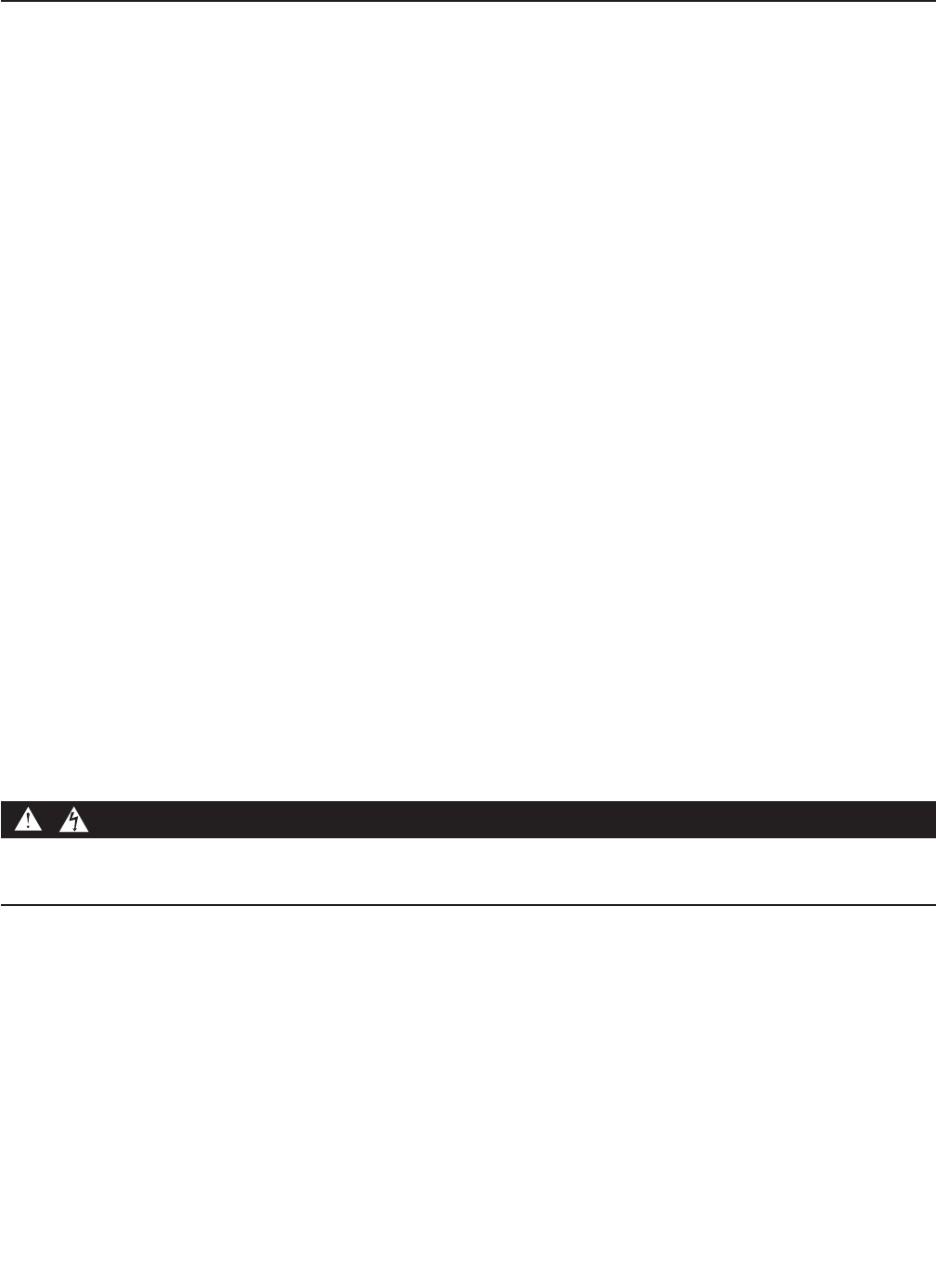
7
Instruction Sheet 1066
LIQ_MAN_ABR_1066-CT-HT-FF-FI July 2013
Installation
UNPACKING AND INSPECTION
Inspect the shipping container. If it is damaged, contact the shipper immediately for instructions. Save the box. If there
is no apparent damage, unpack the container. Be sure all items shown on the packing list are present. If items are miss-
ing, notify Rosemount Analytical immediately.
INSTALLATION
General Information
1. Although the transmitter is suitable for outdoor use, installation is direct sunlight or in areas of extreme tempera-
tures is not recommended unless a sunshield is used.
2. Install the transmitter in an area where vibration and electromagnetic and radio frequency interference are mini-
mized or absent.
3. Keep the transmitter and sensor wiring at least one foot from high voltage conductors. Be sure there is easy access
to the transmitter.
4. The transmitter is suitable for panel, pipe, or surface mounting.
5. The transmitter case has six 1/2-inch (PG13.5) conduit openings. Use separate conduit openings for the power/out-
put cable, the sensor cable, and the other the sensor cable as needed (pH input for free chlorine with continuous pH
correction).
6. Use weathertight cable glands to keep moisture out to the transmitter. If conduit is used, plug and seal the con-
nections at the transmitter housing to prevent moisture from getting inside the instrument.
PREPARING CONDUIT OPENINGS
There are six conduit openings in all configurations of Model 1066. (Note: four enclosure opening plugs will be provid-
ed upon shipment.)
Conduit openings accept 1/2-inch conduit fittings or PG13.5 cable glands. To keep the case watertight, block unused
openings with NEMA 4X or IP66 conduit plugs.
NOTE: Use watertight fittings and hubs that comply with your requirements. Connect the conduit hub to the
conduit before attaching the fitting to the transmitter.
ELECTROSTATIC IGNITION HAZARD
Special condition for safe use (when installed in hazardous area)
1. The plastic enclosure, excepting the front panel, must only be cleaned with a damp cloth. The surface resistivity of
the non-metallic enclosure materials is greater than one gigaohm. Care must be taken to avoid electrostatic charge
build-up. The Model 1066 Transmitter must not be rubbed or cleaned with solvents or a dry cloth.
2. The panel mount gasket has not been tested for type of protection IP66 or Class II and III. Type of protection IP66
and Class II, III refer the enclosure only.
3. The surface resistivity of the non-metallic enclosure materials is greater than one gigaohm. Care must be taken to
avoid electrostatic charge build-up. The Model 1066 Transmitter must not be rubbed or cleaned with solvents or a
dry cloth.
4. Special Condition of Use of 1066-C-FF/FI-67 and 1066-T-FF/FI-67. For use with simple apparatus model series 140,
141, 142, 150, 400, 401, 402, 402VP, 403, 403VP, 404, and 410VP contacting conductivity sensors and model
series 222, 225, 226, 228 toroidal sensors.
WARNING: RISK OF ELECTRICAL SHOCK
Electrical installation must be in accordance with the National Electrical Code (ANSI/NFPA-70) and/or any other applicable
national or local codes.



